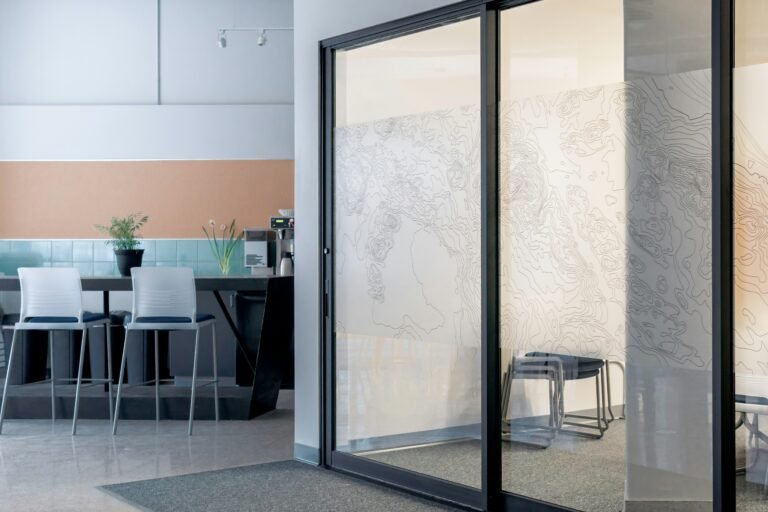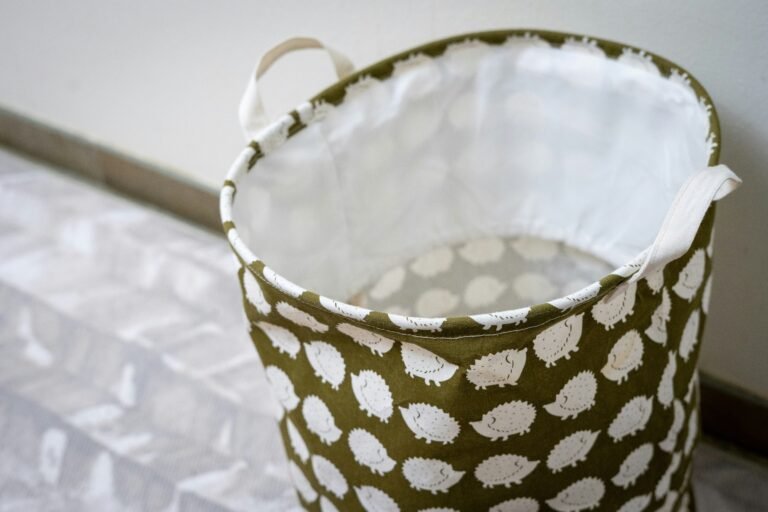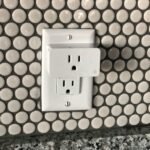Discover the top safes for protecting your important documents from fire, water, and theft. Ensure peace of mind with our comprehensive guide.
In an unpredictable world, safeguarding your vital documents is more important than ever. From birth certificates to property deeds, protecting these papers can save you from future headaches and financial loss. That’s where the right safe comes in.
Choosing the best safe for document protection involves understanding the various features and options available. Whether you’re concerned about fire, water, or theft, investing in a reliable safe is crucial for your peace of mind.
This article will explore different types of document safes, their key features, and how to select the best one for your needs. We’ll also provide expert tips, common questions, and maintenance advice to ensure your documents remain secure.
Understanding the Importance of Document Protection
Document safes are essential for safeguarding crucial papers against unforeseen disasters like fires or floods. They offer an additional layer of security against theft, ensuring your sensitive information remains confidential.
- Protection from natural disasters: Fireproof and waterproof safes can prevent irreversible damage.
- Security against theft: A safe can deter or delay unauthorized access to important documents.
- Peace of mind: Knowing your documents are secure provides comfort amidst potential risks.
Key Features to Look For in Document Safes
When selecting a document safe, consider features that align with your specific needs and potential threats.
- Fireproof ratings: Look for safes that can withstand high temperatures for extended periods.
- Waterproof seals: Essential for protecting documents from water damage during floods.
- Locking mechanisms: Choose between digital keypads, biometric scanners, or traditional keys.
Comparing Different Types of Document Safes
Various types of safes cater to different protection needs, offering unique benefits and considerations.
| Feature/Type | Benefits | Best For | Considerations |
|---|---|---|---|
| Fireproof Safe | High-temperature resistance | Fire risk areas | Check fire rating duration |
| Waterproof Safe | Protection against water damage | Flood-prone areas | Ensure seal integrity |
| Biometric Safe | Quick access, high security | Frequent access needs | Requires power source |
Choosing the Right Safe for Your Needs
Selecting the ideal safe involves assessing your specific requirements and potential threats. Here’s a step-by-step guide to assist you.
- Identify the primary threats (fire, water, theft) your documents face.
- Determine the volume of documents to ensure adequate safe capacity.
- Choose a location in your home that is both accessible and discreet.
Usage and Implementation Tips
Proper use and installation of your safe are crucial for optimal protection. Here are some tips to get you started.
- Install your safe in a low-humidity area to prevent moisture buildup.
- Anchor safes securely to the floor or wall to prevent theft.
- Regularly update digital keypads to ensure security codes are current.
Maintaining Your Document Safe
Regular maintenance can extend the life of your safe and ensure its effectiveness in protecting your documents.
- Inspect fireproof seals annually for wear and tear.
- Lubricate mechanical locks periodically to prevent jamming.
- Test digital and biometric locking systems regularly.
Expert Tips and Recommendations
- Invest in a safe with both fire and water resistance for comprehensive protection.
- Consider a safe with multiple locking mechanisms for added security.
- Keep a backup of digital documents in a separate location for redundancy.
- Look for safes with UL ratings to ensure they meet safety standards.
Common Questions About Best Safes for Document Protection
Find answers to frequently asked questions about selecting and using document safes.
- Q: How do I know if a safe is truly fireproof?
A: Check for UL or ETL certification, which indicates the safe has been tested for fire resistance. - Q: Can I store digital media in a document safe?
A: Yes, but ensure the safe is rated for digital media storage as extreme temperatures can damage electronic files. - Q: What size safe should I buy?
A: Consider the volume of documents you need to store and choose a safe with at least 20% more capacity than your current needs. - Q: Are biometric safes reliable?
A: Biometric safes are highly reliable, though it’s wise to have a secondary access method in case of technical failures. - Q: How often should I test the safe’s security features?
A: Test all locking mechanisms at least twice a year to ensure they function correctly.
Conclusion
When you choose the best safes for document protection, you balance fire, water, and theft resistance so your papers stay intact when it matters. Start by mapping your risks, then match them to a stated fire duration rating, a continuous water seal, solid construction, and a locking method that fits how often you access the contents. Pick a capacity that fits folders and binders with room to grow, and plan a location that is both discreet and suitable for anchoring.
Good use protects as much as good design. Install in a low humidity area, anchor the safe to the floor or wall, and set a routine to update keypad codes. Test every entry method on a regular schedule so nothing surprises you during an emergency. Inspect door gaskets and seals, and keep backup keys in a separate secure place. With careful selection and simple habits, your documents stay organized and protected for the long term.
Quick checks before you buy
-
Identify your main risks, fire, water, theft.
-
Confirm a published fire duration rating that meets your needs.
-
Verify a continuous water seal and tight door gasket.
-
Measure the installation spot and choose capacity at least twenty percent above current needs.
-
Select a locking method you will manage well, keypad, biometric, or key lock.
-
Plan for anchoring at the chosen location.
-
Choose a placement that is accessible, discreet, and away from high heat and moisture.
Use and care for long life
-
Install in a low humidity area and anchor securely.
-
Update keypad codes on a regular schedule, store backup keys separately.
-
Inspect door seals annually and replace if worn.
-
Lubricate mechanical locks lightly as directed by the maker.
-
Test all access methods twice a year.
Next step
List your top three risks and measure the installation spot, then shortlist three certified models that fit those dimensions.
Check out this related post: Lockboxes for Maximum Security: What You Need to Know
Explore this topic: Document Safes
Plan your layout in Planner 5D
This article contains affiliate links. If you make a purchase, we may earn a commission at no extra cost to you.
Last updated on August 31, 2025







